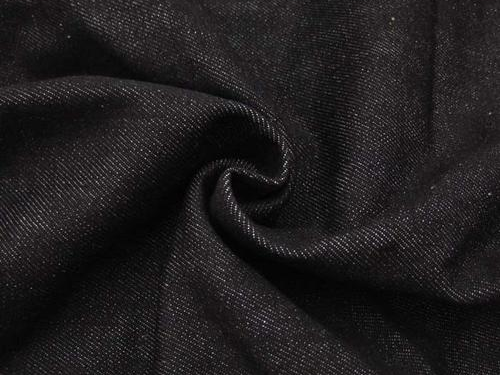
Woven fabrics, knitted fabrics, and other types of fabrics undergo certain deformations in their original width, length, and other aspects due to the effects of moisture, heat, tension, and other processes such as pre-treatment, dyeing, or printing.
The main purpose of post organization is to address the following issues:
1、 Make the fabric door width neat and the size and shape stable. The types of finishing that belong to this category include: fixed frame, anti shrink, anti wrinkle, and heat setting.
2、 Improve the feel. This type of finishing can use mechanical methods, chemical methods, or a combination of both to treat the fabric, improving its feel, such as softness, fullness, smoothness, stiffness, lightness, and thickness.
3、 Improve the appearance of the fabric. Enhance the appearance of fabrics through physical, mechanical, or chemical methods, such as luster, whiteness, and drape. This type of finishing includes: calendering, electropolishing, whitening, shrinking, etc.
4、 Improve the wearability of the fabric or endow it with special functions. Using mechanical or chemical methods to produce fuzz on the surface of the fabric, improving warmth retention, such as fuzzing, shearing, imitation wool, imitation silk, imitation suede, etc. Using certain chemicals to make the fabric have special functions such as water repellency, oil repellency, anti fouling, hygiene, and UV resistance. Hydrophilic, anti-static, anti pilling and other finishing of chemical fiber fabrics.
The requirements for fabric finishing vary not only depending on the types of fibers that make up the fabric, but also depending on the type and specific purpose of the fabric, even for fabrics composed of similar fibers.
According to the above requirements, the post-processing methods of fabrics can be divided into two categories, namely mechanical finishing and chemical finishing. The former usually utilizes moisture, heat, force (tension, pressure), and mechanical action to complete the processing method; The latter utilizes chemical agents to react with fibers, altering the physical and chemical properties of the fabric. However, there is no clear boundary between the two. For example, soft finishing can be achieved by either general mechanical methods or by adding a bright and fluffy softener TS-YH. However, most methods are carried out simultaneously, such as durable electro-optic finishing, where the fabric is first soaked with resin finishing agent, dried, and then rolled and baked by an electro-optic machine.
The content of fabric finishing is very extensive, and with the development of science and technology, new content is constantly being added. At present, fabric finishing has evolved from simply utilizing the inherent characteristics of fibers and achieving temporary finishing effects, towards the direction of using new finishing agents and equipment to endow fabrics with better and long-lasting effects. After finishing, textiles not only improve the product grade, but also increase the added value of the product.
Therefore, the international cutting-edge level of post-processing is not simply a study of the level of its processing technology, but should be based on the level achieved by the product. At the same time, in order to implement environmental regulations, the finished products must comply with environmental regulations and implement clean production.
About
Brief introduction Application Certificate Laboratory Connectproduct
Post finishing agent Enzymatic water Brightener Printing/Coating Additives MoreNews
Dynamic Lnformation Common
Mobile website

TRL:+86 0769-88124837
Chinese mailbox:dgtshdrl@163.com
English mailbox:postmaster@tianshengchem.com
Guangdong Tiansheng Environmental Protection New Material Technology Co., Ltd. Copyright © 2023 all rights reserved